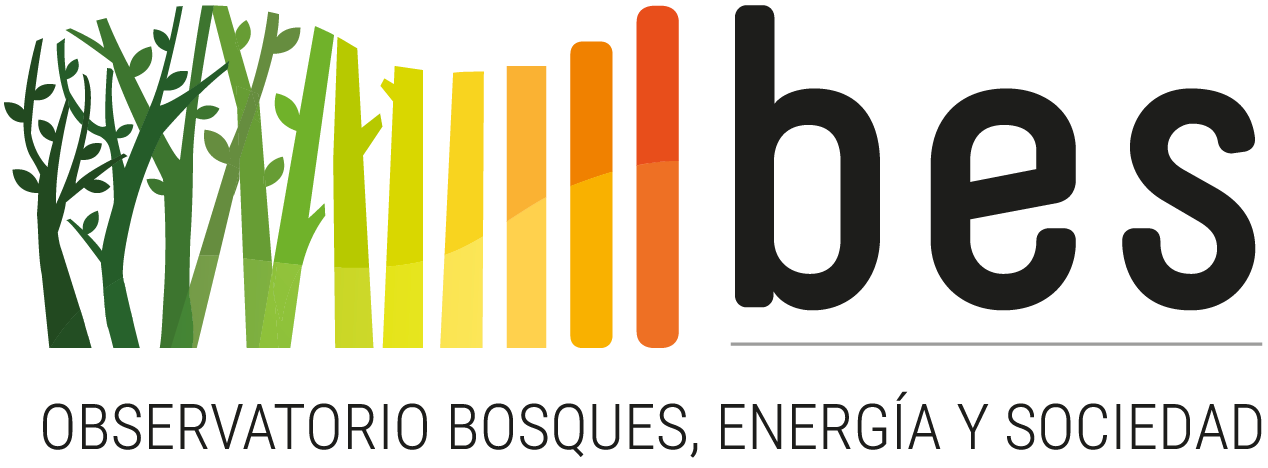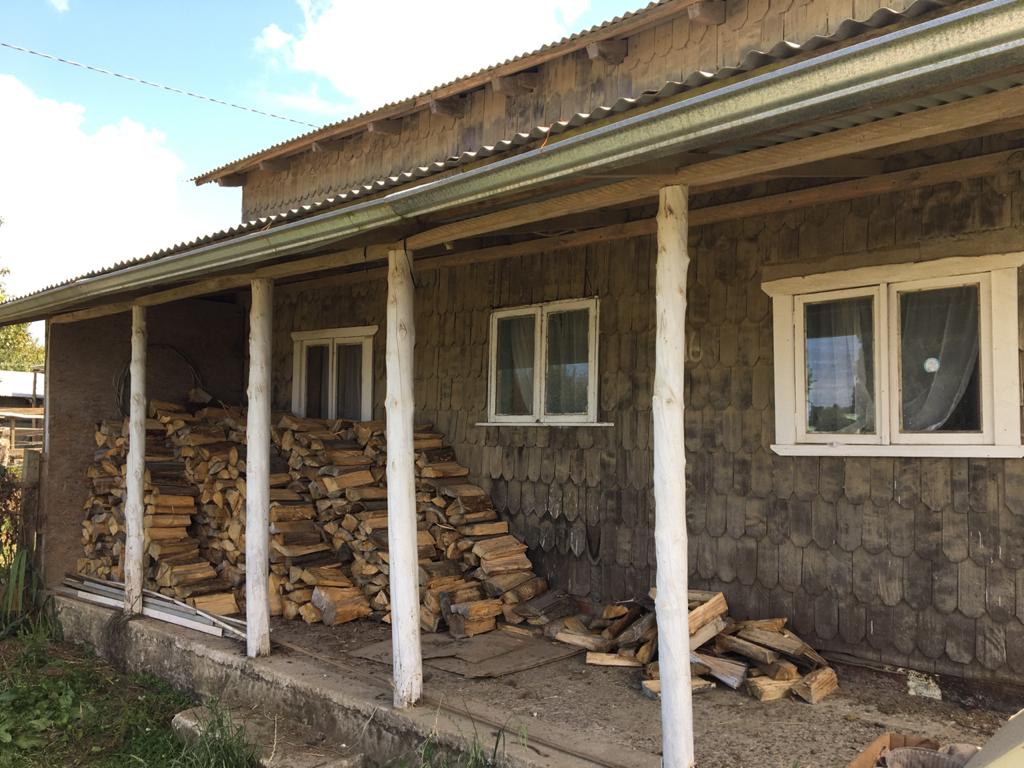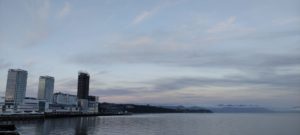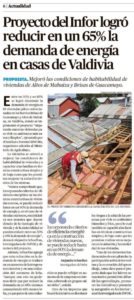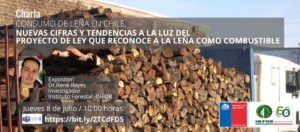In 1996, 100% of the firewood used in the city of Puerto Montt came from native forests. Out of this, 32% corresponded to ulmo (Eucryphia Cordifolia), 30% to brushwood (a mixture of native species), 19% to luma (Amomyrtus Luma), 16% to tepú (Tepualia Stipularis), and the remaining 3% to other species. In 2019, on the other hand, 69% of the firewood corresponded to native species and 31% to Eucalyptus (see Figure).
Moreover, in 1996, Fresia, Los Muernos, and Maullín were the main ulmo-producing areas. However, the area of native forests fell sharply. Likewise, most part of the tepú came from Calbuco, Maullín, Puerto Montt, and Puerto Vara and was produced as part of the clearcutting process carried out in ñadi soils (aquands). Today, the supply of this species comes from Hornopirén and from Chiloé, both areas where bad extractive practices still continue.

At a regional level, it is observed that between 1992 and 2019 firewood consumption increased by 79% while the total amount of houses increased by 116%. This shows an emerging disconnection between firewood demand and population growth that can be partly explained by the progressive replacement of firewood by pellets, electricity and other fuels. All these have been gaining importance in a process of energy transition that tends to diversify the energy sources used in the houses of the region.
